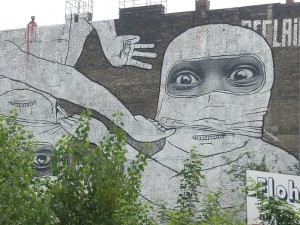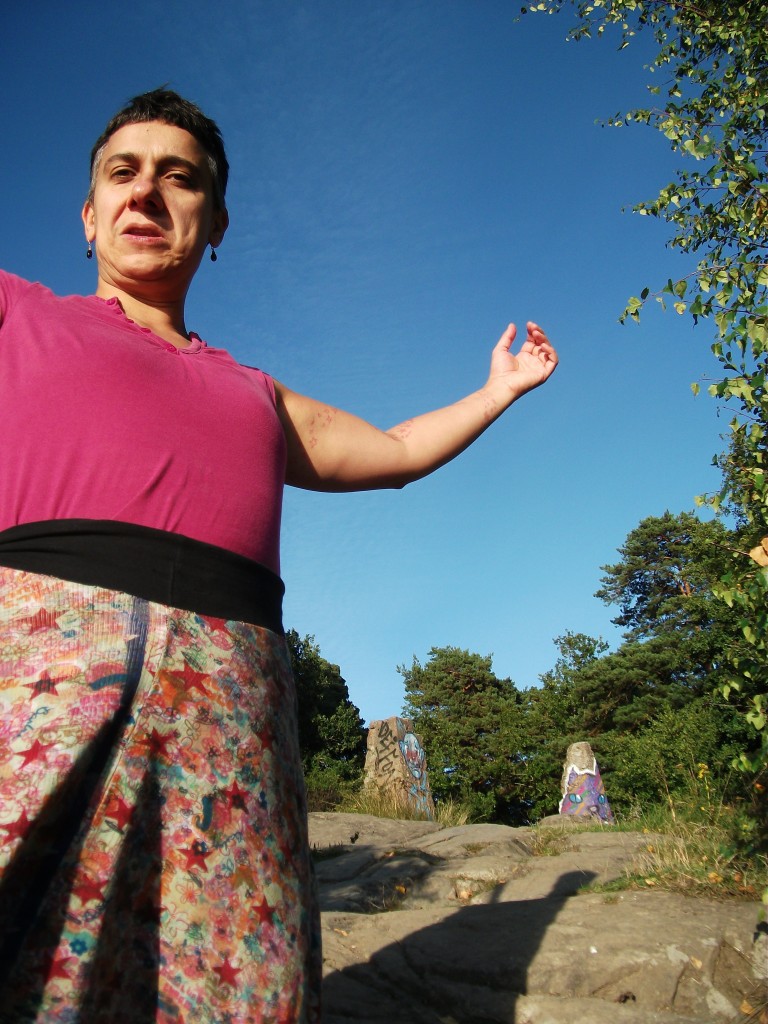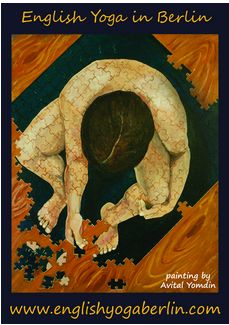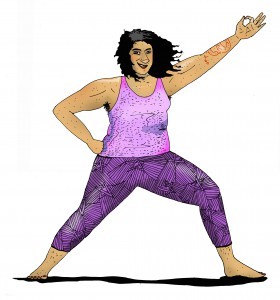
..A view of Kreuzberg
Perhaps you’re a native German Speaker wanting to improve your English, or maybe you’re a foreigner whose German is not yet up-to-scratch; either way Berlin offers many options to learn something new or simply to explore an interest with English-speaking classes.
First there are all those CraigsList postings for guitar, singing and art lessons. AngloInfo Berlin also presents a good source for all sorts of courses for technical, artistic and higher education. And ToyTown, that most important resource for English-Speakers in Germany, gives you the possibility to post asking about specific courses you cannot seem to find in English.
Here’s but a small selection of some of the most interesting places in the Hauptstadt where courses are being taught in English:
DRAMA
If you prefer being on the stage rather than in front of it, check out Inka-Charlotte Palm’s drama courses in English. A trained drama educator, actress and singer, Inka-Charlotte has been running these courses since 2009, which have given rise to the International People’s Theatre Berlin Project, a weekly theatre training that culminates in a performance. She is also a director and drama educator at the English Theatre Berlin.
GLASS BLOWING
Berlin Glass is a dynamic and friendly studio offering English classes in glassblowing, painting on glass, and soon, glass fusing and casting. Classes are suitable for beginners and more experienced blowers. They also offer studio space rental for artists and hot glass professionals. The studio team is composed of graduate-level international artists who are excited to share their knowledge and skills. artconnectberlin has a wonderful post about this initiative with excellent photos.
SEWING
Each month Linkle Nähinstitut offers a varied program of courses and workshops, many in English and even some in Spanish. There are courses for complete beginners and for very experience sewers. Here you can learn how to sew almost anything. They also offer intensive customized courses and access to their studio space for those who want to work on their own. Read some independent comments about classes at the Nähinstitut in Maria Joao’s blog.
FILMMAKING
Met Film School is one of Britain’s main provider of practical filmmaking courses. Given their success in London, and the preeminence of Berlin at the heart of independent filmaking, they have opened a Berlin campus at the BUFA Studio in Kreuzkoelln. Classes are primarily in English, but since last August they have been offering some short courses in German. Like in their London campus, the Met in Berlin prides itself in offering “an intensive practical filmmaking experience taught by industry professionals in an active film studio”. Expat Blog has an interesting discussion comparing the Met Film School with its rival London Film School.
SWING DANCING
Swing Patrol Berlin offers English courses and workshops in Lindy Hop. They also organize social dances and events all around Berlin. Check their schedule for more details.
FOR THE SMALL ONES
Berlin Kids is a International english-speaking playgroup in Schöneberg. They organise a regular playgroup for kids up to 5 years of age. They also host classes and workshops for children and their parents at Farida’s comfortable and child-friendly cafe/activity centre, Kids Corner Berlin.
The Center is Berlin’s English performing arts school. Since opening its doors in 2005, it has steadily grown to offer a truly diverse range of activities for people of all ages, imparted by professionals in the fields of dance, drama, music and other performing arts. Their concept is to keep it small, cozy and intimate, bringing a personal touch to all their classes. See their web site or checkout some photos and a little more information at Working Berlin Mum.





 The trajectory of yoga over the centuries has seen a variety of different practices, styles, and approaches. What was originally a method of exercise for elite, higher-caste men in order to sit longer in meditation to achieve enlightenment has been
The trajectory of yoga over the centuries has seen a variety of different practices, styles, and approaches. What was originally a method of exercise for elite, higher-caste men in order to sit longer in meditation to achieve enlightenment has been 








